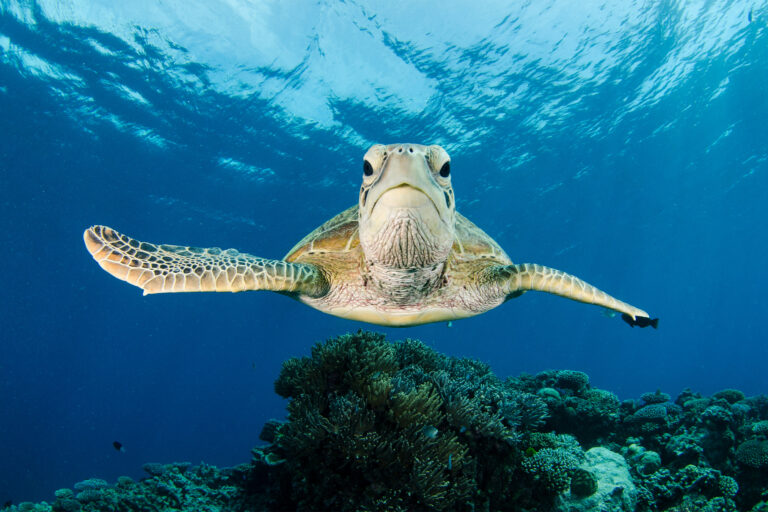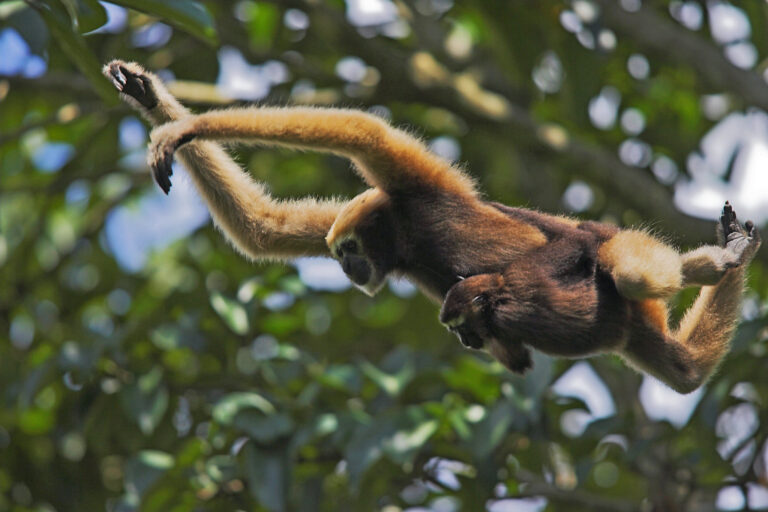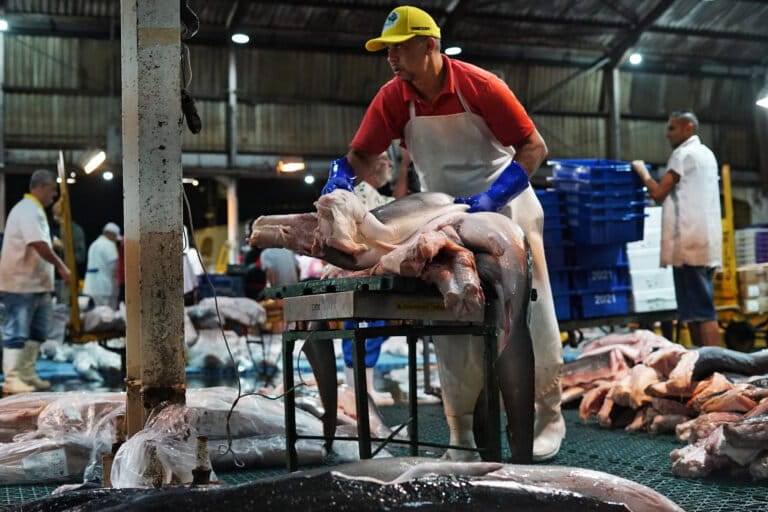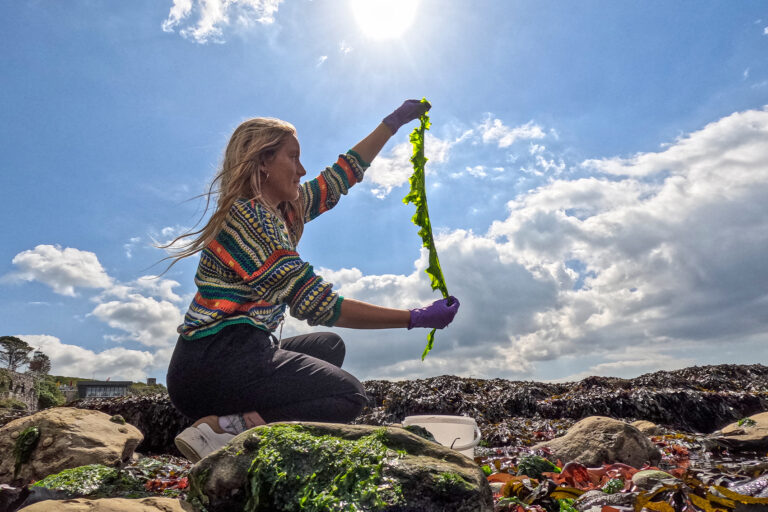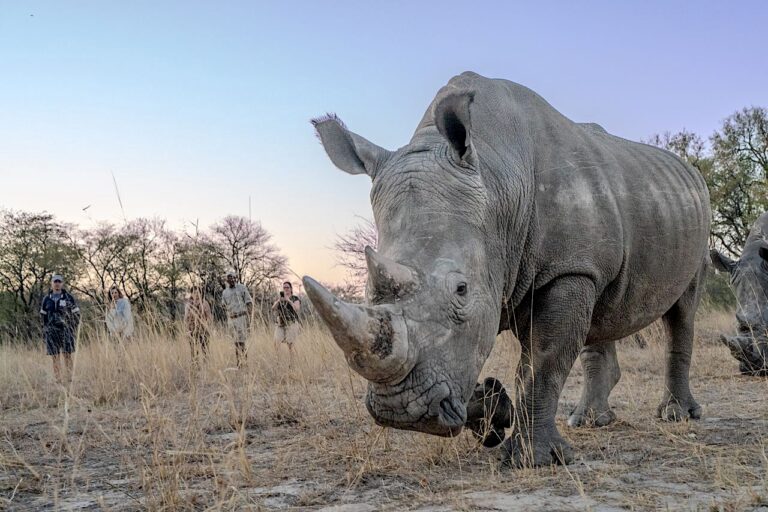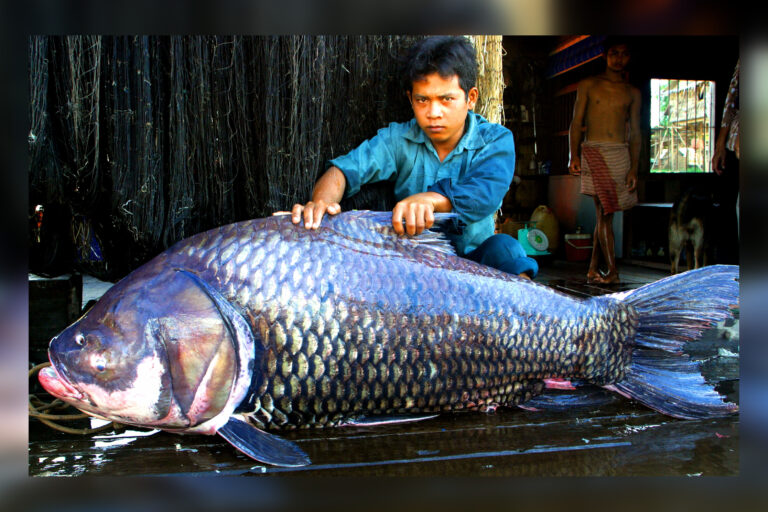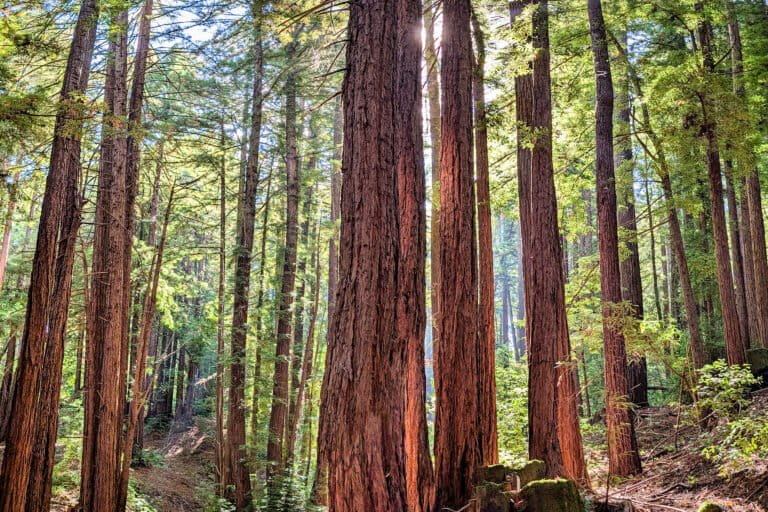- Studies found that for every 100 metric tons of CO2 absorbed by dried-out forests in the semiarid area of Brazil’s northeasern region, 45-60 metric tons do not return to the atmosphere; in the Amazon Rainforest, the balance between carbon absorption and release ranges from 2-11%, compared with 23% in the Cerrado biome.
- According to researchers, the Caatinga’s vegetation stores 8,677 metric tons of carbon per square mile [3,350 per square kilometer], which can be released in the event of deforestation — a problem that increased by 2,500% from 2019 to2022, making the Caatinga Brazil’s third-most deforested biome.
- The solutions suggested to preserve the Caatinga include social carbon credit programs, new conservation units, and degraded areas recovered through agroecology.
Over a decade of studies conducted by the National Caatinga Observatory revealed that it has the best carbon sequestration performance among Brazilian biomes. For every 100 metric tons of CO2 absorbed by that forest in Brazil’s semiarid area, 45-60 tons are retained and do not return to the atmosphere.
Even the researchers were surprised by the result of the studies. One of them was Aldrin Perez, from the National Institute of the Semiarid Region (INSA), one of the organizations responsible for the project.
“To our surprise, the Caatinga is the most efficient biome in Brazil and one of the most efficient in the world. In general, plants absorb and release CO2 in the process of photosynthesis. That is a very positive balance. This forest is one of the solutions to the problem of climate change; it’s an excellent carbon sink,” says Perez, one of the authors of the studies.
An ecosystem is called a “carbon sink” when it absorbs or captures more CO2 than it releases through plant respiration and soil. To compare the efficiency of the Caatinga, Perez says the balance in CO2 absorption and release in the Amazon ranges from 2-11%. In the case of the Brazilian Cerrado, for example, that efficiency is 23%.
This comparative survey was based on data provided by several 15-meter- (49-foot-) high towers with equipment that captures gases and are installed in 30 different biomes around the world.

The National Caatinga Observatory is responsible for the data. INSA manages it in partnership with the Federal University of Campina Grande and Brazil’s Ministry of Science and Technology, and it involves scholars from several Brazilian universities and research institutes.
According to the study, the flow of life in the most humid areas of the Caatinga is capable of retaining up to 5 metric tones of CO2 per hectare (2 metric tonnes per acre) every year. Even in drier areas, the forest continues to perform remarkably well, retaining up to 2.5 metric tonnes per hectare (10 per acre). With these retention levels, the biome prevents gases from coming into contact with the atmosphere, a process that directly contributes to worsen the effects of climate change.
One of the most deforested biomes in Brazil
Therefore, preserving the Caatinga is essential for maintaining that carbon stock. According to the research, Caatinga vegetation conserves 3,350 metric tonnes of carbon per square kilometer (8,677 per square mile) — which will be released if there is deforestation. The researchers say that, with the loss of vegetation, 45% of that stock will be lost over 25 years. In soil, there is an average of 12,500 metric tons of carbon per km2 (32,400 per mi2).
The figure is relevant because the Caatinga has the third-largest annual deforestation rate in Brazil as estimated by MapBiomas. Between 2019 and 2022, the number of deforestation alerts increased by 2,500%. In 2022, 1,400 km2 (540 mi2) of native vegetation were suppressed in the biome.
Deforestation is the main catalyst for desertification, a phenomenon of total soil sterilization that already affects 13% of the Caatinga, according to the Satellite Image Analysis and Processing Laboratory at the Federal University of Alagoas.

Faced with fast soil devastation, Aldrin Perez explains that the U.N. has been advocating sustainable land management to neutralize degradation. “Caatinga still has between 45% and 55% of its vegetation. But we must avoid further degradation with a social carbon credit program and the creation of new conservation units.”
“Another point”, Perez says, “is the agroecology paradigm — a scientific proposal focused on replacing predatory production with ecologically based agriculture. It envisions biodiverse systems with a scientific and methodological basis and considering both popular and academic knowledge.”
An oasis in Brazil’s northeastern backlands
Recovering the Caatinga is still a remote dream for many, but it is already a reality for a young farmer from the semiarid area of Piauí state. Gean Magalhães, 33, who lives in the Queimada da Onça Quilombola community in São Lourenço do Piauí, knows well the benefits of keeping the Caatinga standing.
In 2016, he set out to recover 1 hectare (2.5 acres) per year of a capoeira area used for growing cassava, beans and corn for many years. Capoeiras are areas that have been severely degraded by intensive management, almost always based on burning and pesticides. “In my area, all that would grow is a species known as ‘salvation mallow’ [which indicates nutrient-poor soil],” he recalls.

Eight years after that decision, Magalhães has recovered 8 hectares (20 acres), of which 3.5 hectares (8.5 acres) are already well consolidated. He used agroforestry, a technique that combines cultivation of fruit species with timber or fertilizing forest plants. “Agroforestry reproduces nature’s behavior but at a fast pace of regeneration as a result of intensive management,” he explains.
Based on the research conducted by the National Caatinga Observatory and considering that the area where Magalhães lives is drier, this expanse of vegetation would be able to retain 20 metric tons of CO2 per year if it had been fully preserved. For a precise calculation of how much carbon the property can already sequester in this recovery process, a specific on-site study would be necessary.
He says his work involved three special strategies. First, fencing the area to prevent animals from trampling the plants. Second, cultivating species with greater capacity to return nutrients to the soil, such as gliricidia, prickly pear, aloe vera and jack beans. Finally, intensive management of pruning and soil cover, which favors water retention.
“Agroforestry systems help to fix nitrogen and decompress the soil with roots, which makes it more humid and fertile,” Magalhães adds.
In addition to the milder climate, with shade and moisture, Magalhães’ area expanded and diversified fruit production, which resulted in an increase of 3,700 reais ($715) per year in his revenue. The area also began to receive visits from the ultramarine grosbeak (Cyanoloxia brissoni), a species of bird native to the Caatinga that lives in more balanced environments where fruit, one of its main foods, is available.
The cattle are carefully managed, being released to graze into the agroforest at planned periods. The rest of the time, they remain on 3 hectares (7.5 acres) designated for grazing. “The change was radical. This proves that the Caatinga is not a place of drought; It is a livable environment that responds quickly to rain. But we must make sustainable use of this biome,” the farmer warns.
Banner image: Native cacti from the Caatinga. Image: Xavier Bartaburu/Mongabay
This story was reported by Mongabay’s Brazil team and first published here on our Brazil site on Apr. 29, 2024.








